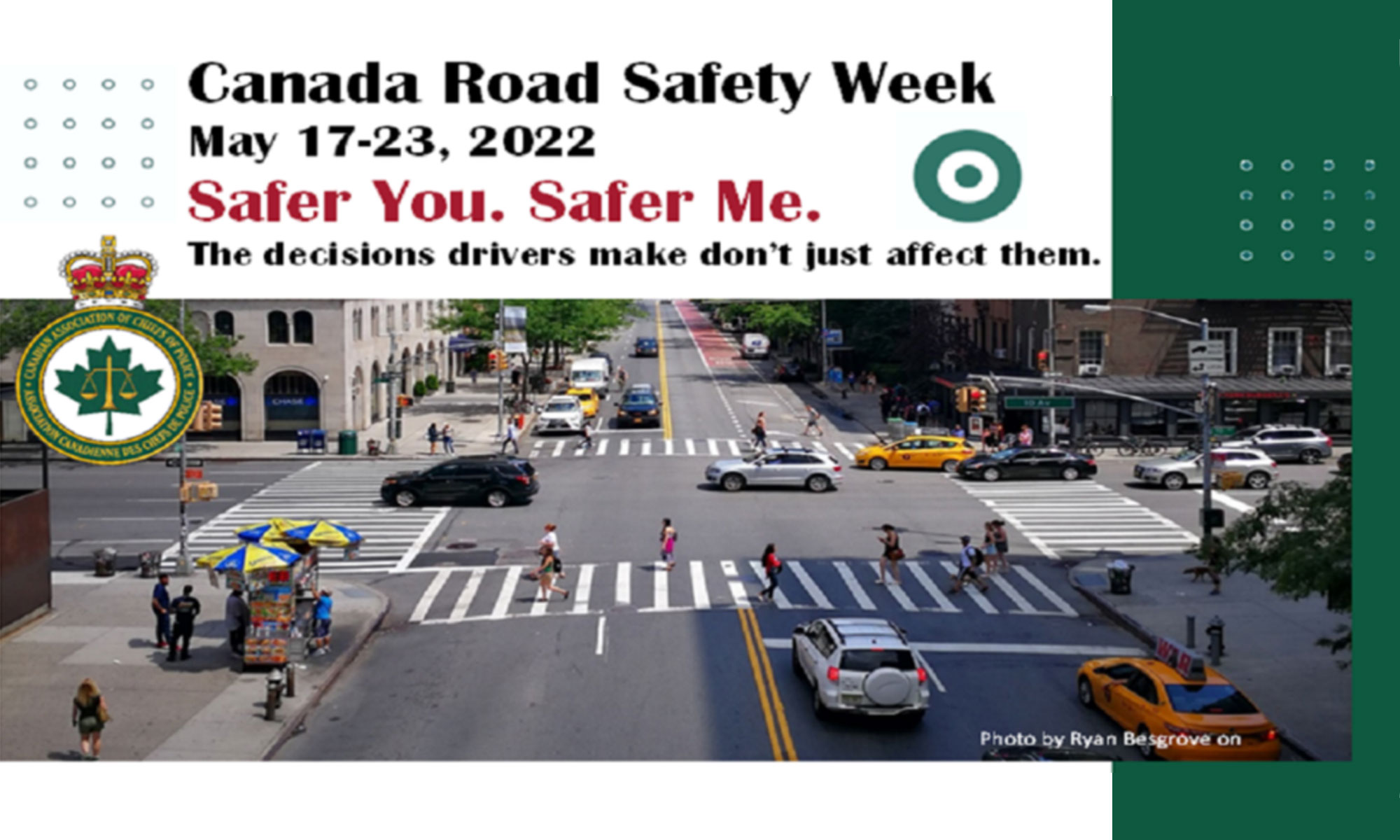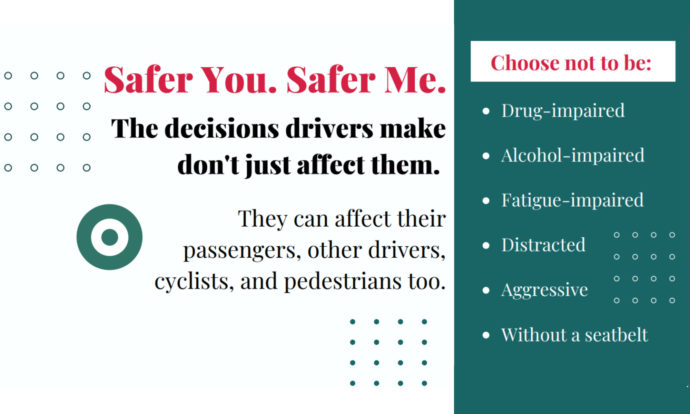Canada’s road network spans almost 900,000 km. Combined, it’s longer than a roundtrip to the Moon and with millions of vehicles travelling our roadways daily, this leaves a lot of room to chance.
We can all agree we have heard safe driving advice countless times, but regardless of the consequences, drivers continue to take chances while operating a motor vehicle. Those chances can result in significant fines, loss of driving privileges or even death, yet it is surprising that unsafe driving continues.
Injuries caused by collisions represent a preventable burden in terms of human suffering and cost to the healthcare system, therefore road safety is a public health issue.
At Black & McDonald, we are committed to the highest standards of health and safety, both on-site and on the road to the site. As we recognize Canada Road Safety Week (May 17-23), it is an ideal time to remind ourselves of dangerous driving actions.
Here are three common causes of collisions and serious injury:
Speeding
Driving a motor vehicle faster than the posted speed limit is more than just breaking the law. The consequences are far-ranging, and include:
- Greater potential for loss of vehicle control
- Reduced effectiveness of occupant protection equipment
- Increased stopping distance after the driver perceives a danger
- Increased degree of crash severity leading to more severe injuries
- Economic implications of a speed-related crash
- Increased fuel consumption/cost
Speeding is the cause of about 27 per cent of traffic-related fatalities on Canadian roads.
Aggressive driving
Aggressive driving is the use of a motor vehicle in a deliberate and aggressive manner that is likely to endanger life by increasing the risk of a collision. This behavior is usually motivated by impatience, annoyance, hostility or an attempt to save time.
A web survey found that 31 per cent of Canadian drivers admitted to having driven through a red light, and 29 per cent of them admitted to disobeying road signs while driving.
This isn’t the only survey where Canadians have admitted to dangerous driving habits. A survey of Canadian drivers in 2006 found that 12 per cent admitted to driving well over the speed limit, 9 per cent admitted to speeding up to get through a traffic light, 6 per cent admitted to using their horn when annoyed, 4 per cent had made rude gestures at other drivers, and 3 per cent had taken driving risks for fun.
Seatbelt Use
A seatbelt is an essential vehicle safety device that reduces the likelihood of death or serious injury in a traffic collision. It is hard to believe that just 45 years ago Canada introduced its mandatory seatbelt laws and motorists were often going to court to challenge those laws.
Today, more than 90 per cent of Canadians wear seatbelts while travelling in a motor vehicle. Statistics outline how effective seatbelts are at saving lives. In 2018, 29.4 per cent of the drivers who were killed in crashes, and 10.8 per cent of the drivers who were seriously injured, were not wearing seatbelts.
In summary, employees are accountable for how they drive and must ensure they know and obey applicable traffic laws, take steps to ensure their safety and the safety of their passengers, and follow company safe work policies.



